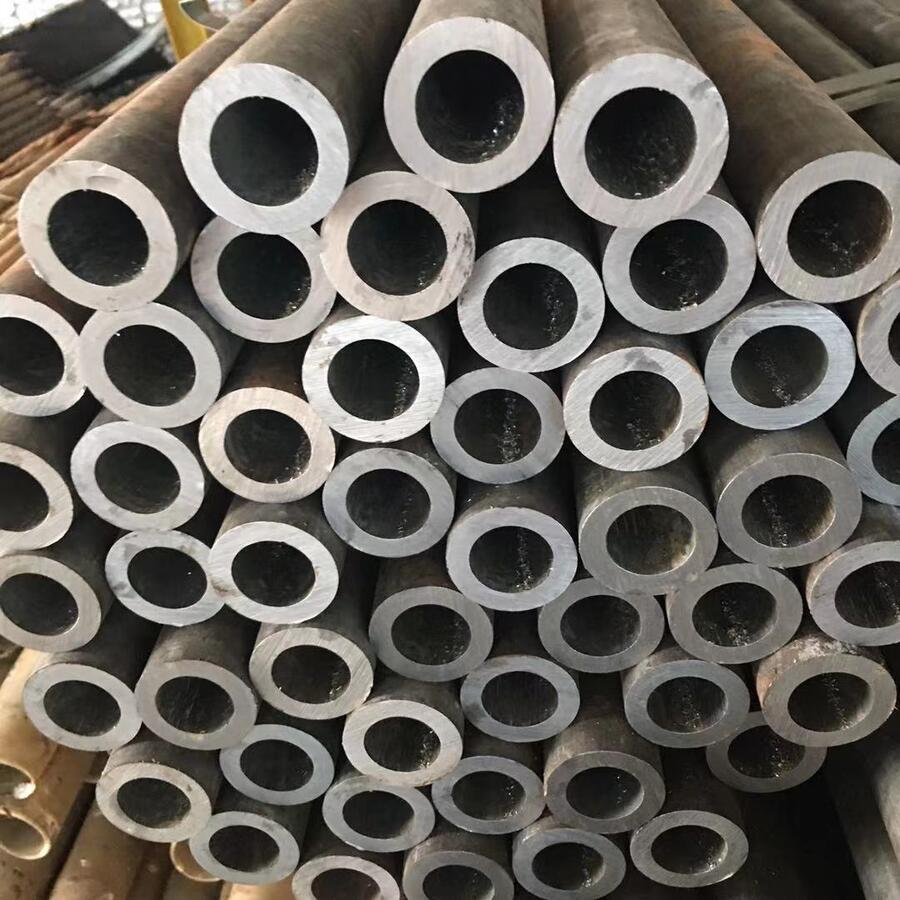In modern metallurgy, the continuous rolling mill factory stands as a cornerstone of industrial metal production. These facilities integrate high-precision machinery to transform raw metal into sheets, bars, or coils with unparalleled consistency. This article delves into the engineering principles, operational parameters, and commercial applications of these systems, with references to cutting-edge solutions from HANI TECH’s rolling mill division and metallurgical equipment specialists.
1. The Anatomy of a Continuous Rolling Mill Factory
A continuous rolling mill factory typically comprises multiple tandem stands that sequentially reduce material thickness. Key subsystems include:
- Uncoilers for feeding raw material
- Scale breakers to remove surface oxides
- Edging mills for width control
- Cooling beds for temperature management
According to HANI TECH’s technical documentation, modern installations achieve tolerances within ±0.005mm through advanced hydraulic AGC (Automatic Gauge Control) systems.
2. Critical Technical Parameters
The performance of a continuous rolling mill factory depends on numerous engineering specifications. Below is a comprehensive table comparing standard parameters across different mill types:
| Parameter | Hot Rolling Mill | Cold Rolling Mill | Wire Rod Mill |
|---|---|---|---|
| Maximum Rolling Speed | 25 m/s | 42 m/s | 120 m/s |
| Roll Diameter Range | Φ800-1400mm | Φ450-650mm | Φ150-300mm |
| Rolling Temperature | 900-1250°C | 20-150°C | 950-1100°C |
| Annual Capacity | 1-5 million tons | 300,000-1M tons | 500,000-2M tons |
| Power Consumption | 45-65 kWh/ton | 120-180 kWh/ton | 90-130 kWh/ton |
3. Advanced Control Systems
Contemporary continuous rolling mill factories employ sophisticated automation:
- PLC-based thickness control with response time
- Shape detection systems using laser profilometers
- Predictive maintenance through vibration analysis
HANI TECH’s proprietary SmartMill™ technology reportedly reduces scrap rates by 18% through real-time parameter optimization.
4. Material Science Considerations
The metallurgical properties of rolled products depend on:
- Recrystallization behavior during hot rolling
- Work hardening effects in cold rolling
- Grain structure evolution through multiple passes
As demonstrated in HANI TECH’s case studies, proper interstand cooling can enhance final product tensile strength by 12-15%.
5. Industry 4.0 Integration
Leading continuous rolling mill factories now incorporate:
- Digital twin simulations for process optimization
- AI-powered defect detection systems
- Blockchain-based quality tracking
The integration of these technologies reduces energy consumption by up to 22% while improving product consistency.
For specialized components like work rolls or hydraulic AGC systems, manufacturers like HANI TECH offer customized solutions with hardness ratings up to 85 HSD and surface finishes of 0.1μm Ra.
As global demand for precision metal products grows, the continuous rolling mill factory continues to evolve through innovations in automation, material science, and sustainable manufacturing practices.




